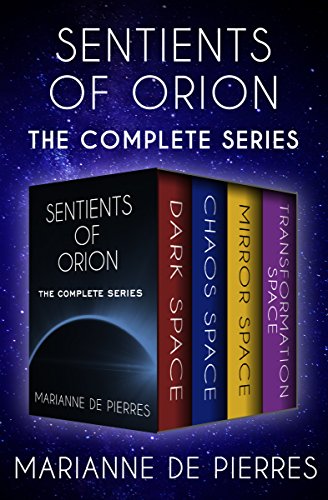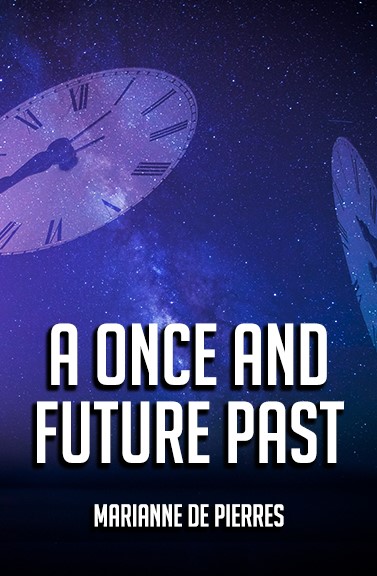
Maria Violet
Maria Violet is a writer interested in comic books, cycling, and horror films. Her hobbies include cooking, doodling, and finding local shops around the city. She currently lives in Chicago with her two pet turtles, Franklin and Roy.
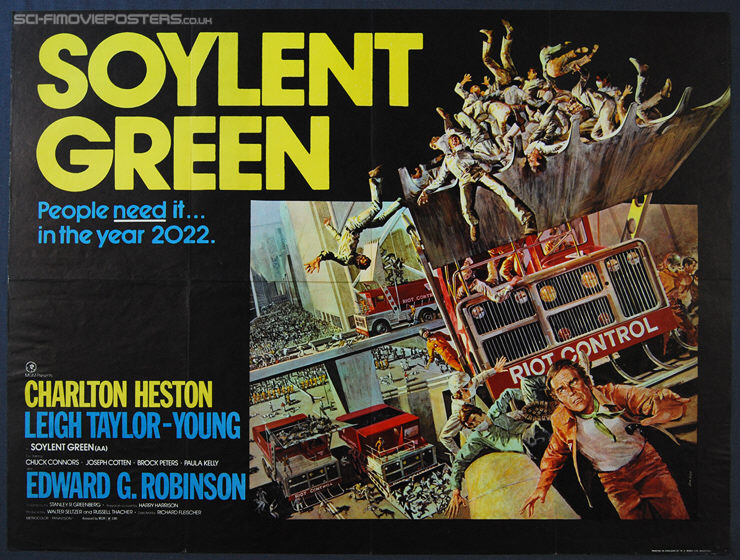 Although Soylent Green premiered over 40 years ago in 1973, many of its environmental and political themes are even more applicable today than they were then. With extreme class division, environmental ruin, food shortages, and overpopulation, viewers will find much to empathize with, especially in today’s world.
Although Soylent Green premiered over 40 years ago in 1973, many of its environmental and political themes are even more applicable today than they were then. With extreme class division, environmental ruin, food shortages, and overpopulation, viewers will find much to empathize with, especially in today’s world.
Though there are some additional environmental protections in place now versus when the film came out, the problems of overpopulation and global warming are more critical and threatening than ever.
In fact, according to Alberta Energy, about 5500 million metric tons of carbon dioxide are emitted into Earth’s atmosphere every year due to human activity, which in turn is contributing to the progression of climate change. This theme runs rampant throughout the film, but perhaps even more telling of this dystopian future is the treatment of the female characters in the film and how this degradation is considered so commonplace, it is barely even discussed.
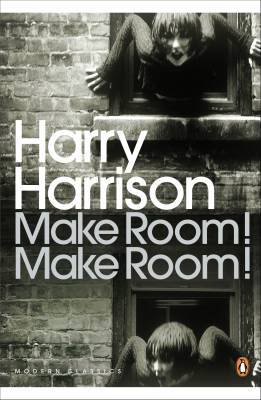 In Soylent Green, 2022 sees a world with severely limited resources due to overpopulation, which is at 40 million people in New York City alone. The middle class has disappeared and what remains is the ultra-rich, who are able to continue to live luxurious lives while the rest of society barely scrapes by. Even food is a restricted item.
In Soylent Green, 2022 sees a world with severely limited resources due to overpopulation, which is at 40 million people in New York City alone. The middle class has disappeared and what remains is the ultra-rich, who are able to continue to live luxurious lives while the rest of society barely scrapes by. Even food is a restricted item.
The film’s Soylent Corporation begins to release a new nutritional product called “soylent green” and in the course of investigating the murder of one of the wealthy scions of society, a detective discovers that soylent green is made from humans. Things have become so dire, that cannibalism has become necessary in order to survive although most don’t know what they’re really consuming.
A lesser and more overlooked theme, however, is the treatment of the women in this film, who are ultimately seen as disposable and their value is primarily as objects of pleasure for men.
By treating its female characters as furniture and disposable chattels, Soylent Green might have been making the point that in societies with extreme class divisions, women are more vulnerable to mistreatment, as definitely seen in the real world today and would be doubly true had the Soylent Green world been made reality.
In times of distress, it’s been seen time and time again that women and children often get the short end of the stick, which is what may have been the statement this film was intending to make. But, it may also be that with a male director, male producers, and a male writer (even the author of original book, Make Room! Make Room! by Harry Harrison, was male), the creators of the movie simply viewed this treatment of women as atmospheric given the generally dark tones of the film.
Whatever the case, the result is a distinct lack of female input into the creation of the movie, and it is a fact that the environmental themes are focused on much more directly than the overtly sexist themes. Perhaps discussion around Soylent Green centres on environmental warnings rather than sexism because women’s problems are often overlooked.
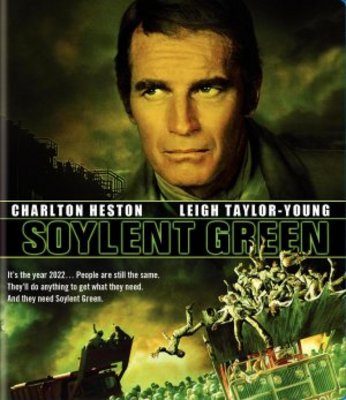 And yet, Soylent Green hardly hides the fact that this world is sexist. The two main female characters in the film are both concubines. Martha is the concubine of a lower class man – indicating that not only the wealthy are able to “own” women; and Shirl is the former concubine of the aforementioned murder victim. Both are identified in relation to the men in their lives, and Shirl in particular is only valued for her beauty and her status as a sex object. She is young, but already resigned to her position in life, although there are moments when she displays distress at the role she’s been forced into.
And yet, Soylent Green hardly hides the fact that this world is sexist. The two main female characters in the film are both concubines. Martha is the concubine of a lower class man – indicating that not only the wealthy are able to “own” women; and Shirl is the former concubine of the aforementioned murder victim. Both are identified in relation to the men in their lives, and Shirl in particular is only valued for her beauty and her status as a sex object. She is young, but already resigned to her position in life, although there are moments when she displays distress at the role she’s been forced into.
The men in the film are shown to be much stronger characters. They are the owners, the rulers, the detectives, and even the primary victims. They are able to have a more complete destiny. Women are replaceable pieces of furniture. In could be inferred from Soylent Green that with environmental degradation could also come with female degradation, if we do not do anything about it any time soon.
Sadly, much like the environmental themes, the patriarchal themes also ring true today. Though times have changed and in many ways things have improved for women, there are still countries where women are not even allowed to vote or drive. Women are paid less and expected to do more in the home. It is still difficult for women to be taken as seriously as men in many industries and films made today still reflect the male gaze more strongly than the female gaze. Progress is being made, but there is still a long journey to go. Soylent Green remains as much a cautionary tale today for feminism as it was the day it was released.



















 Home invasion movies are an old and popular genre in horror, and it is possibly the only horror genre that is targeted more
Home invasion movies are an old and popular genre in horror, and it is possibly the only horror genre that is targeted more 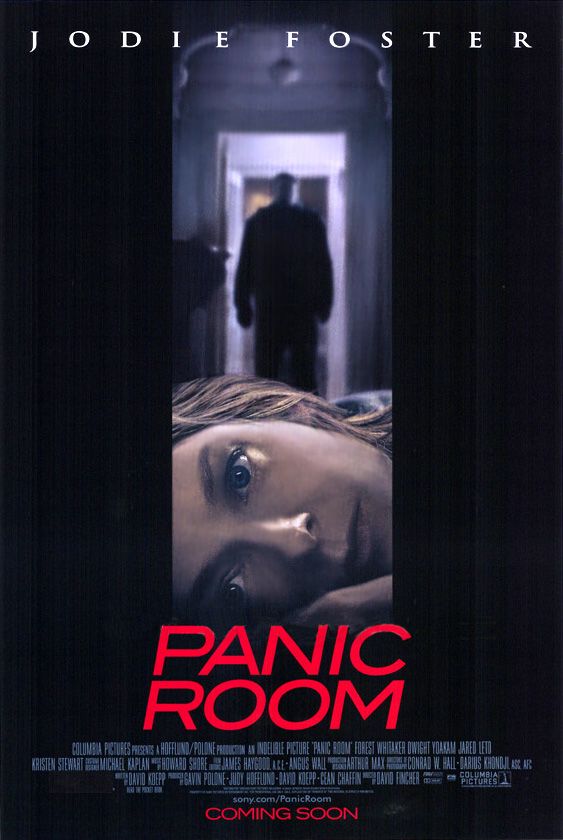 For example, in
For example, in 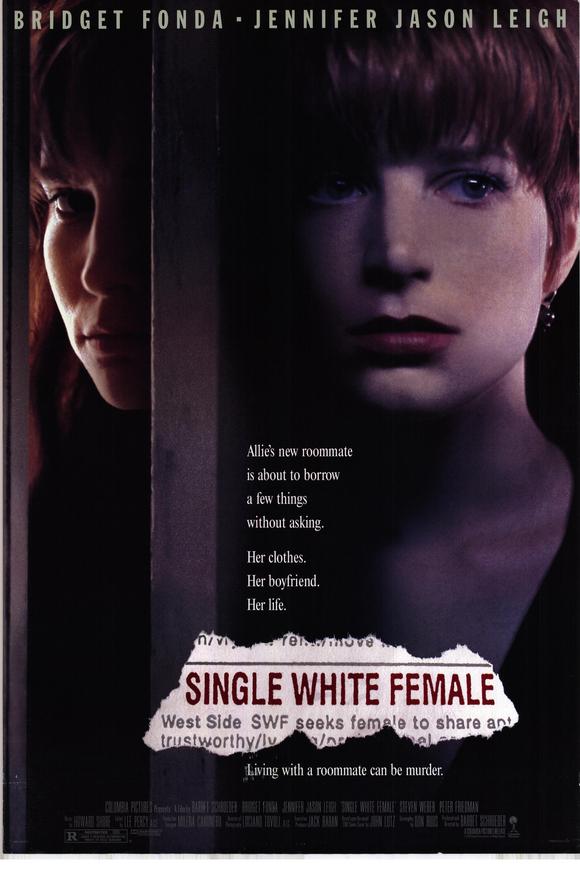
 What YA dystopian fiction doesn’t portray…
What YA dystopian fiction doesn’t portray… While traditional dystopian fiction wouldn’t seem to appeal to the young adult demographic, many of the currently popular works, such as
While traditional dystopian fiction wouldn’t seem to appeal to the young adult demographic, many of the currently popular works, such as  Further, while these novels and films are offering up more in the way of female protagonists, the girls in question more often than not succeed due to their ability to act more like their male counterparts rather than less. They compete on the same level and without any mention of historical inequalities that have beleaguered them i.e. their assumed inferiority, or their being supposedly
Further, while these novels and films are offering up more in the way of female protagonists, the girls in question more often than not succeed due to their ability to act more like their male counterparts rather than less. They compete on the same level and without any mention of historical inequalities that have beleaguered them i.e. their assumed inferiority, or their being supposedly 










